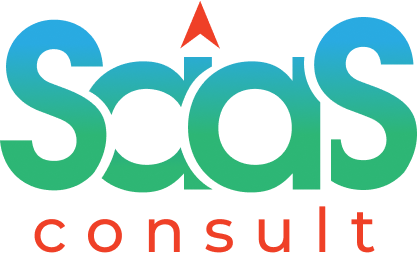What is A headless CMS (Content Management System)
A headless CMS (Content Management System) is a back-end content management system that separates the content management functionality from the front-end presentation layer. Unlike traditional CMS platforms, which tightly couple the content management and presentation layers, a headless CMS focuses solely on content creation, management, and storage, while leaving the front-end presentation to be handled by other systems or applications. Here are some key points to understand about headless CMS:
1. Content Management: A headless CMS provides a user-friendly interface for content creators to create, organize, and manage content across various channels and devices. It allows users to define content structures, create content types, and manage assets such as images and videos.
2. API-First Approach: The primary characteristic of a headless CMS is its API-first architecture. It exposes APIs (Application Programming Interfaces) that enable developers to retrieve content from the CMS and deliver it to any front-end application or platform, such as websites, mobile apps, IoT devices, or digital signage.
3. Flexibility and Agility: Headless CMS decouples the content management functionality from the presentation layer, providing more flexibility and agility in delivering content to multiple channels and platforms. Developers have the freedom to use any programming language or technology stack for building the front-end, as they are not tied to the constraints of a specific CMS.
4. Seamless Omnichannel Experiences: With a headless CMS, content can be easily distributed and consumed across multiple channels and devices. It allows businesses to deliver consistent content experiences to websites, mobile apps, social media platforms, voice assistants, and more, ensuring a seamless omnichannel experience for users.
5. Improved Performance: Headless CMS allows for faster website and application performance by reducing the server load and optimizing content delivery. Since the CMS is separate from the front-end, it allows for the implementation of content caching, content delivery networks (CDNs), and other performance optimization techniques.
6. Collaboration and Scalability: Headless CMS facilitates collaboration between content creators, developers, and designers. Content creators can focus on creating and managing content, while developers can work independently on building the front-end applications. Additionally, headless CMS platforms are designed to handle high volumes of content and traffic, making them scalable for growing businesses.
7. Personalization and A/B Testing: Headless CMS enables businesses to deliver personalized content experiences based on user preferences and behaviors. It allows for easy integration with personalization tools and A/B testing platforms, enabling businesses to optimize content and improve conversion rates.
Headless CMS provides businesses with the flexibility, scalability, and agility required to adapt to changing technology landscapes and evolving customer expectations. It empowers content creators and developers to work efficiently and deliver engaging and personalized experiences across multiple channels and devices.

